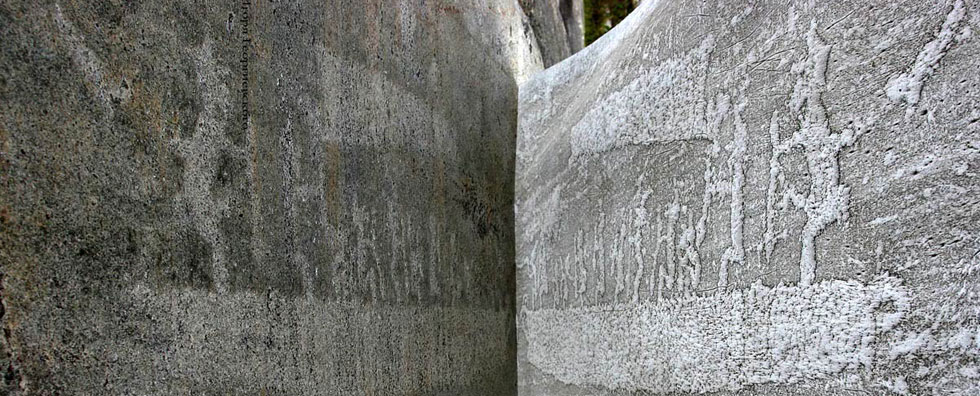
Issue №2, Vol. 16
Khitrov E., Andronov A., Taradin G., Kotenev E. Evaluation of tractive performance of forestry vehicles on snow-covered surface // Resources and Technology. 2019. №2, Vol. 16. P. 36‒58.
DOI: 10.15393/j2.art.2019.4582
Evaluation of tractive performance of forestry vehicles on snow-covered surface
| Khitrov Egor | St. Petersburg State Forest Technical University named after S.M. Kirov, yegorkhitrov@gmail.com |
| Andronov Aleksandr | St. Petersburg State Forest Technical University named after S.M. Kirov, andronovalexander@gmail.com |
| Taradin Grigorii | St. Petersburg State Forest Technical University named after S.M. Kirov, grisha190@mail.ru |
| Kotenev Evgenii | St. Petersburg State Forest Technical University named after S.M. Kirov, kotenew@bk.ru |
|
Key words: rolling resistance tractive force wheeled vehicles tracked vehicles bogie-tracks virgin snow |
Summary: The aim of the work is to create a mathematical model evaluating rolling resistance and tractive force of a forestry vehicle moving on a snow-covered surface, taking into account strengthening of the snow under the vehicle’s pressure. The study is based on the theory of off-the-road locomotion. To determine quantitative indicators the numerical methods of integration and equations solving are used. A computation experiment with further approximation of the calculated data is conducted to obtain engineering dependencies. Basic equations for rut depth and the snow compression are compiled and numerically solved taking into account nonlinear stress-strain relationship that was obtained through geometric interpretation of the surface deformation modulus. The results show that for wheeled vehicles the slip ratio, which ensures the highest value of the road adherence is between 0.06 ... 0.07; for bogie-track vehicles the ratio is between 0.02 ... 0.04; for caterpillar drive vehicles the ratio is between 0.01 ... 0.015. The calculation results show that the tractive force for bogie-track vehicles is approximately 2-3 times higher than that of wheeled vehicles. The tractive force of these vehicles is 5-7 times higher than that of wheeled vehicles. The results show that the calculated value of the adhesion coefficient depends on the initial density of snow and depends to a lesser degree on the layer thickness; higher values of the density correspond to the higher values of the net adherence coefficient. The calculated values of the rolling resistance coefficient depend on both the snow density and its layer thickness. The least resistance is provided by very loose snow, which loses its bearing capacity under the vehicle pressure, and by densely compacted snow, the deformations of which are insignificant. For further research, the study provides equations of rut depth and compaction of strengthening snow in form of sigmoids. The equations allow obtaining initial estimations when calculating mutual deformations of the vehicles and snow-covered surface. |
Displays: 1388; Downloads: 796;




